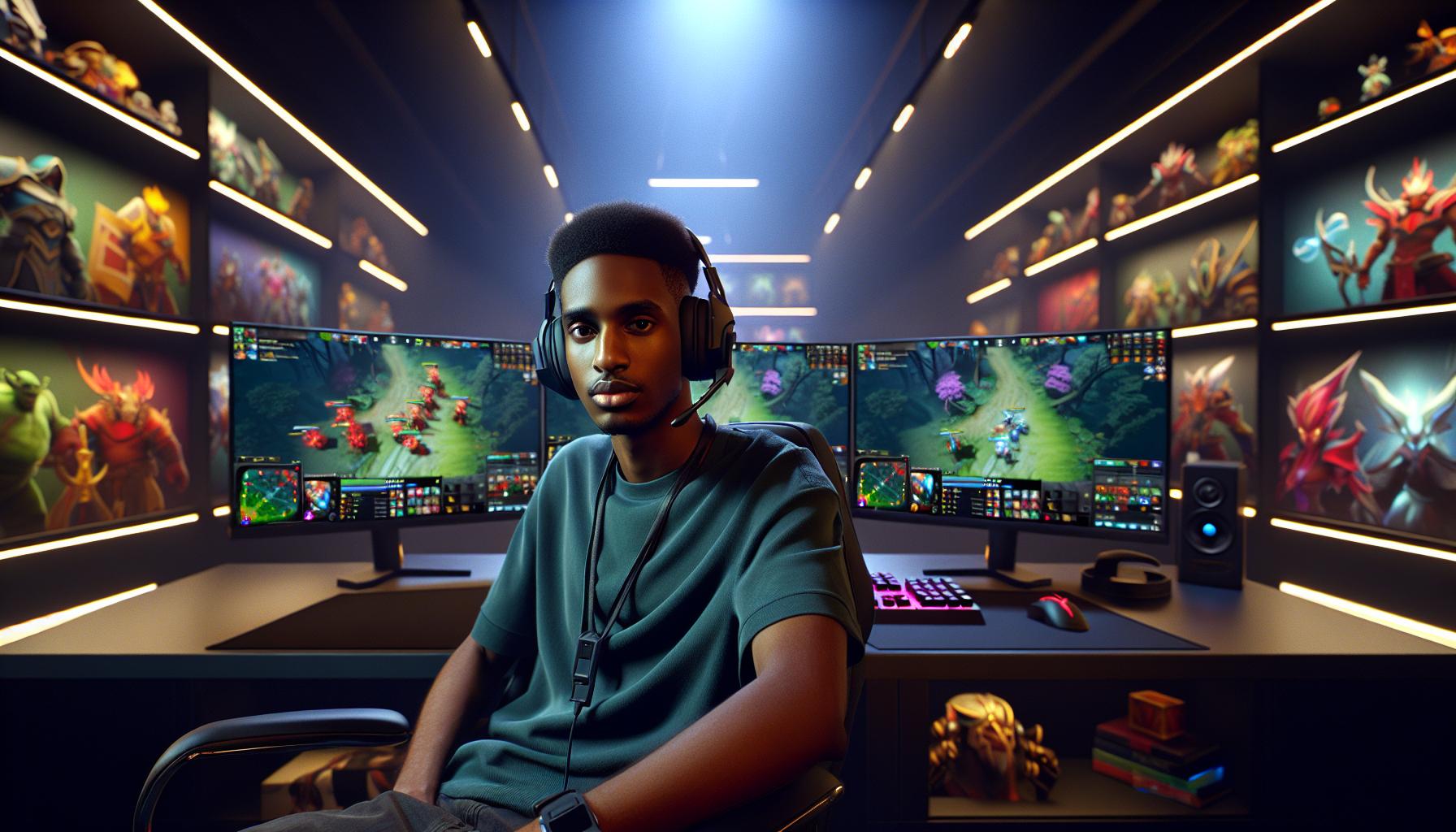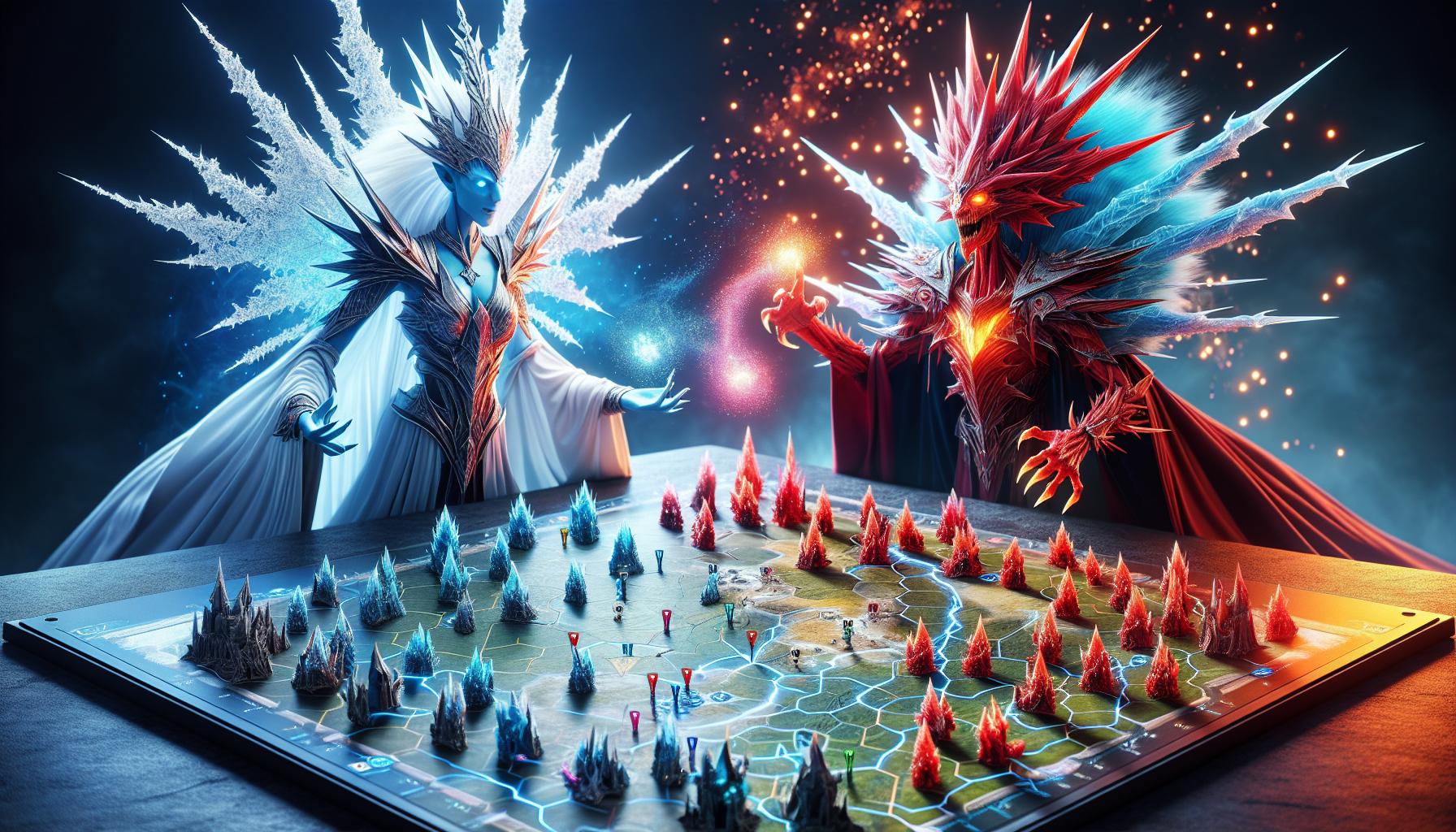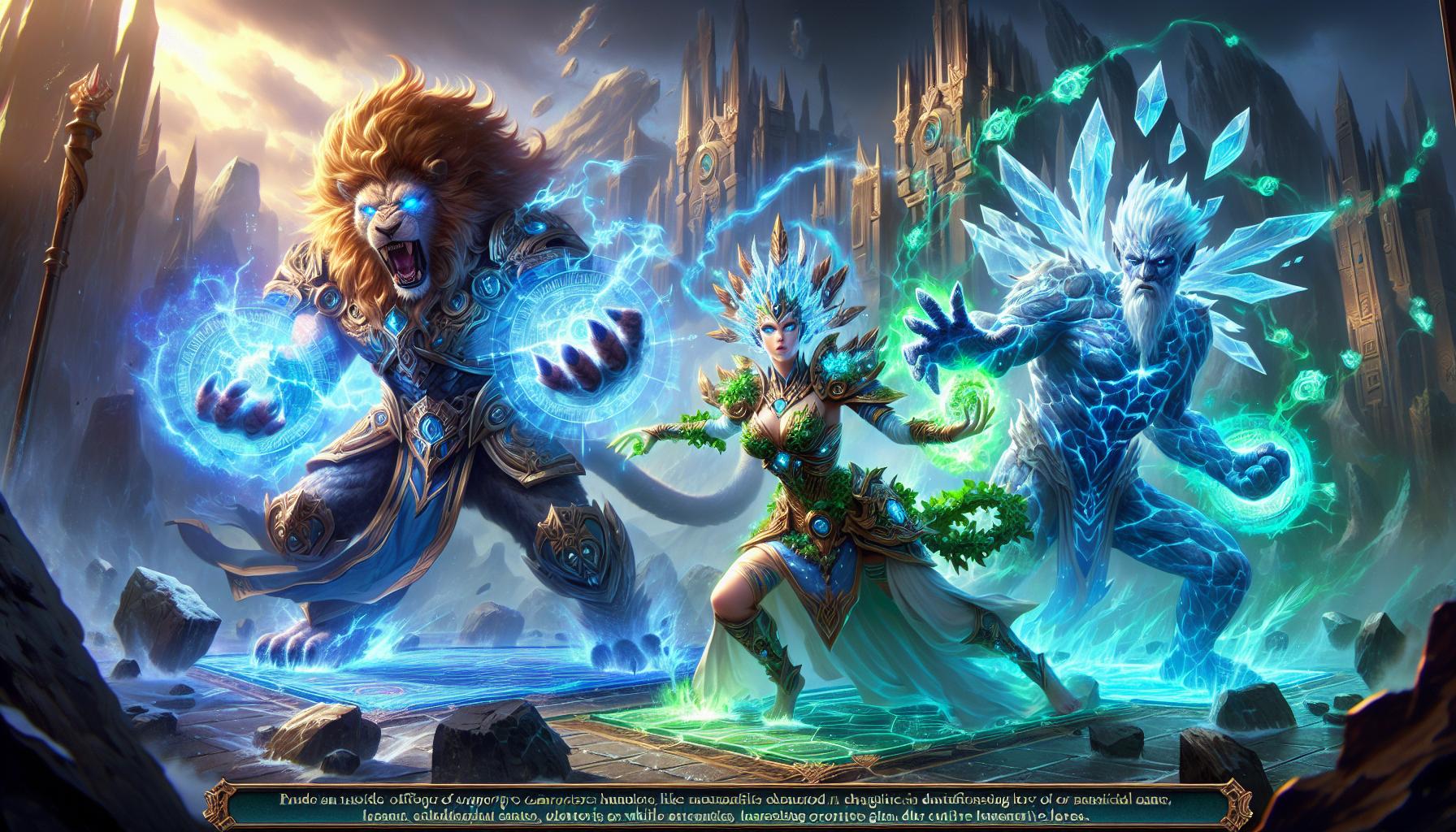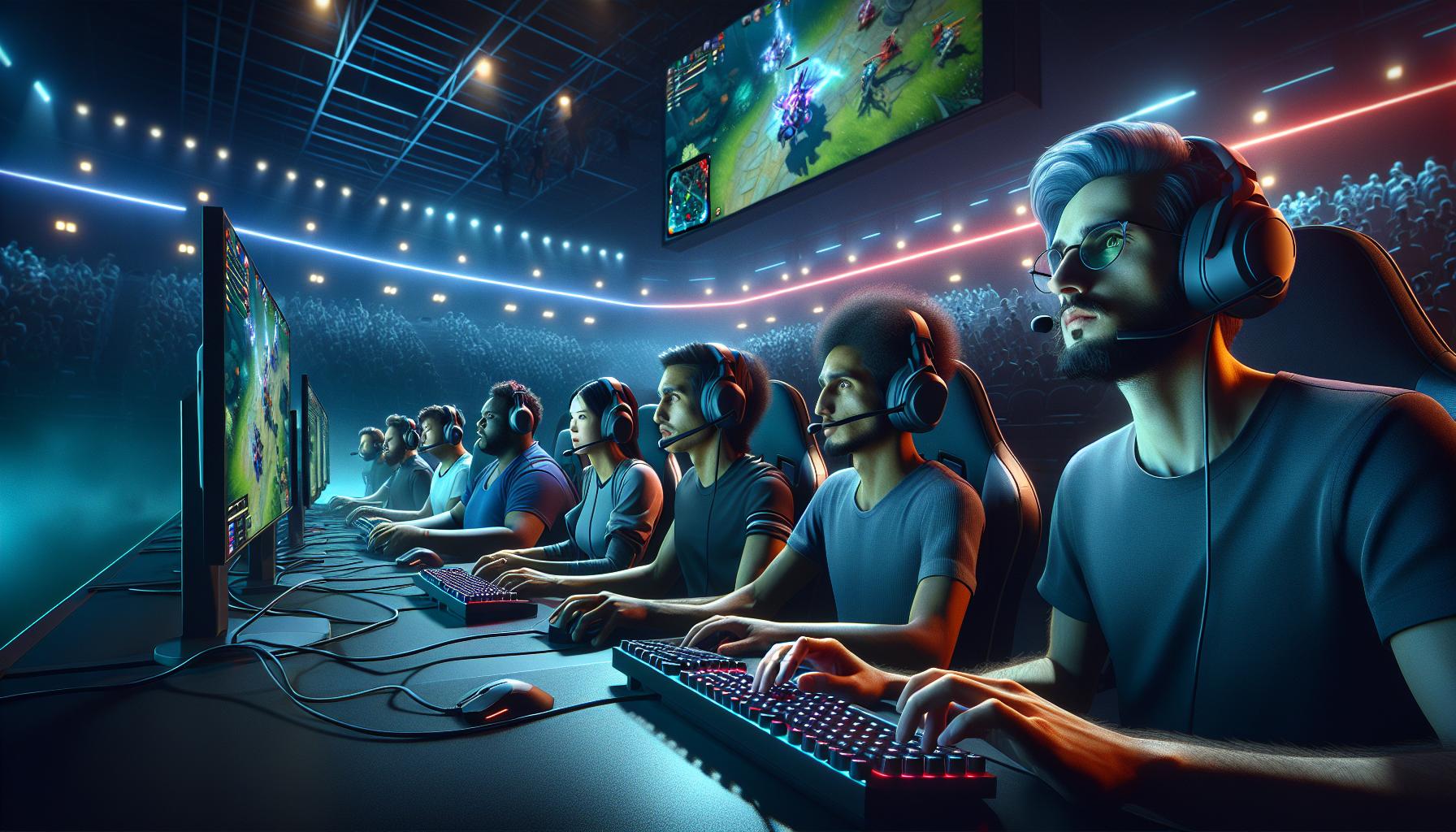Phone:
(701)814-6992
Physical address:
6296 Donnelly Plaza
Ratkeville, Bahamas.

When it comes to Dota 2, the support role can make or break a game. As a support player, I’ve learned that the right hero can turn the tide of battle, providing crucial assistance to teammates while controlling the flow of the game. Whether it’s saving allies from certain death or setting up game-changing plays, the best supports are the backbone of any successful team.
In this article, I’ll dive into some of the best support heroes in Dota 2, highlighting their unique abilities and how they can elevate your gameplay. From healing and crowd control to vision and initiation, these heroes offer diverse strategies that can adapt to any situation. Let’s explore how mastering these support heroes can transform your Dota 2 experience and lead your team to victory.
Supports in Dota 2 play a vital role in shaping the game’s outcome. Their primary responsibilities include protecting the carry, controlling the map, and providing utility to the team. By supporting damage dealers and controlling key areas, they create opportunities for victory.
Each support hero offers unique abilities that cater to specific strategies. Hero selections often depend on team composition and player preferences. Some heroes excel at healing and shielding, while others specialize in crowd control or providing vision. Understanding the strengths and weaknesses of these heroes can lead to informed decisions in hero selection.
In addition, effective communication enhances the overall team performance. Coordinating with teammates allows supports to utilize their abilities effectively at crucial moments. Proper positioning and map awareness also contribute significantly to success, enabling supports to fulfill their roles efficiently throughout the match.
Selecting the best support heroes not only elevates personal gameplay but also increases team synergy, ultimately leading to more victories.

Evaluating support heroes in Dota 2 requires an understanding of their overall impact in matches. These criteria help identify which supports can effectively influence the game and enhance team performance.
Gameplay impact refers to a support’s ability to shape match dynamics. Supports achieve this through initiating fights, providing crowd control, or disrupting enemies. For example, heroes like Lion and Crystal Maiden can stun opponents, changing the course of battles. A support’s capacity to secure vision through wards contributes significantly to map control, ensuring safe passage for carries and facilitating strategic plays.
Versatility and adaptability measure how well a support can adjust to different situations. Some supports offer healing or saving abilities, while others provide strong crowd control or damage. For instance, heroes like Treant Protector thrive in protecting allies, while others like Disruptor excel in punishing enemy positioning. Supports must adapt their item builds and playstyles based on the game’s pace, allowing them to fit seamlessly into various team strategies and draft compositions.

Support heroes play an instrumental role in shaping game outcomes. Their unique abilities enhance team dynamics and create opportunities for success.
Lion stands out due to his versatile crowd control abilities. Lion’s Hex and Impale skills offer strong initiation and disable potential, crucial in team fights. His Finger of Death serves as a powerful nuke, capable of eliminating enemies swiftly. Lion’s capability to secure vision through wards enhances map control, allowing the team to make informed decisions. His strength lies in engaging enemies and protecting carries, ensuring survival and momentum during critical moments.
Crystal Maiden excels in mana regeneration and area control. Her Arcane Aura provides essential mana restoration for the team, fueling spellcasting. Frostbite offers excellent disable, effectively immobilizing foes and setting up kills. Her Freezing Field is a potent ultimate, dealing significant damage in team fights while slowing enemies. Crystal Maiden’s ability to create space and control fights makes her a vital asset, especially in early-game skirmishes.
Treant Protector shines in sustainability and map presence. His Living Armor provides damage absorption for allies and structures, ensuring prolonged survivability. The Leech Seed ability not only heals teammates but also slows enemies, enhancing team engagements. His ultimate, Overgrowth, roots all nearby enemies, disrupting enemy formations during fights. Treant Protector’s defensive capabilities and strong map control contribute significantly to team strategies, especially in prolonged engagements.

Synergizing with core heroes in Dota 2 elevates a team’s effectiveness significantly. Understanding the dynamics between support and core heroes enables better strategy execution. Key elements of synergy include crowd control, healing, and item utility.
By integrating these strategies, supports enhance the impact and performance of their core heroes, directly influencing game outcomes and team synergy. Understanding these relationships forms the foundation for a cohesive gameplay experience in Dota 2.
Mastering the support role in Dota 2 is a game-changer. The right support hero can turn the tide of battle and create opportunities for victory. By understanding each hero’s strengths and how they synergize with core players, I can enhance my team’s performance and overall strategy.
Effective communication and positioning are vital for maximizing impact. As I continue to refine my skills and adapt to different game scenarios, I’ll find that the support role is not just about assisting others but also about becoming a key player in my team’s success. Embracing the nuances of support heroes will elevate my gameplay and contribute to more triumphant matches.